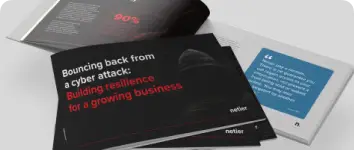
Be wary of convincing looking emails asking you to pay an invoice or bill for a service you use – it could be a scam.
Bills and subscription renewals can sometimes be difficult to keep track of. But before you pay, take some time to make sure it’s not a fake.
These scam emails are sent to both individuals and businesses. They often have an attachment that looks like a legitimate bill or invoice with payment details or include a link to a payment site to renew a subscription.
How does it work?
Scammers often impersonate common service providers for phone, internet, and utilities (such as Telstra, Internode or Energy Australia) as well as internet security subscription services (like McAfee or Norton). Businesses may be targeted with fake internet domain registration or renewal notices. The email might include genuine contact details and website links for the company being impersonated, to convince you the bill is real.
Example of what this invoice scam looks like:

Protect yourself from invoice scams
To avoid getting caught out, stop and check the details of any invoices you receive, and never click a link in an email to make a payment. If you’re unsure if a bill is real, contact the business using a number you have sourced independently (for example, check their phone number online), or log in to your account if you have one with the provider.
This time of year can be stressful; Your bank account doesn’t need the added stress of giving presents to scammer. Contact Netier today to discuss how we can help manage security for you.




